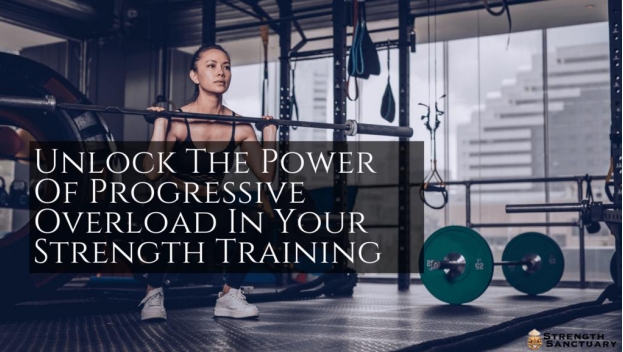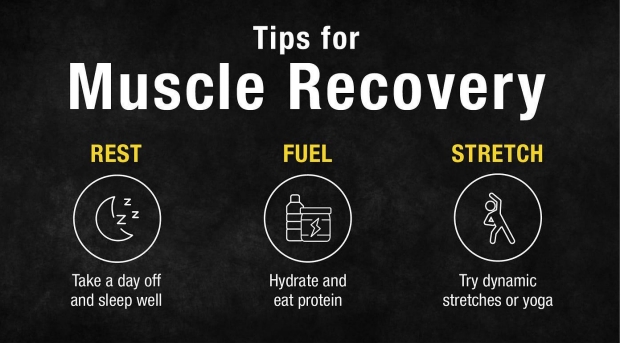Expert personal trainer advice on how to spend an hour in the gym. A recent British Medical
Journal study discovered that weight exercise for just 30 to 60 minutes each week reduces
the chance of death by 20%. Although it’s a significant assertion, we’ve previously heard about
the benefits of strength training for long-term health. Resistance training prevents
osteoporosis by increasing bone density, and because it enhances sleep, it also avoids the
hormonal and cognitive problems that arise from receiving less than eight hours of sleep.
Therefore, even if we might not need any more headlines to persuade us that the training
approach is beneficial to us, many of us do require encouragement to get started. Because an
hour at the gym might feel very daunting if you don’t know what you’re doing.
Benefits of a 1-Hour Gym Workout
Fitting an hour-long workout into your commute or cramming it into your lunch break can do
wonders for your physical and emotional health. You will be well on your way to reaching—
and even surpassing—the minimal level of activity required for optimum health if you engage
in regular sessions that combine both aerobic and resistance training components.
A standard one-hour workout
Three essential elements must be included in your routine to reap the greatest benefits:
aerobic activity, strength training, and flexibility and core exercises. Your overall fitness
goals will determine how you allocate the time. The favorable tidings? Every time you
conduct your workout, you can alter its format. 20 minutes of aerobic activity, 20 minutes of
resistance training, and 10 minutes of core and flexibility exercises can be the format for an
hour-long workout. This allows for a warm-up and cool-down of five minutes each.
How many calories can you burn in an hour at the gym?
While tracking calories isn’t required or appropriate for everyone, it might be helpful to know
how many calories you may be burning in order to evaluate your energy balance. As such, it’s
crucial to think about whether tracking would be helpful for you. Reaching a calorie target or
working out to burn calories would not be advised and could even be harmful.
For instance, if you weigh 11 stone (154 lbs. or slightly under 70 kg), your estimated caloric
expenditure is 224 calories from weightlifting for an hour.
Tips for how to spend an hour working out in the gym
Here are some recommendations from a trained physical therapist on spending an hour in the
gym if you need help.
Warm-up (5 minutes for cardio)
Start your workout with a stroll on the treadmill, a moderate ride on the bike, or utilize a cross
trainer. Martina David, PT at Gym box, explains, “This is just to get the blood flowing and
muscles warmed up to prepare yourself for exercise.” Even better, take a stroll to the gym to
reap the rewards of being outside.
7 minutes of dynamic mobility
One of the biggest mistakes people make is stretching statically before working out. You
should be moving through stretches rather than holding them stationary, which relaxes the
muscles, advises David.
20 minutes for compound exercises
“Compound movements, or large exercises, are a great way to begin a workout. This should
be done at the start of your session because it uses the most energy and works the largest
number of muscle groups, according to David. Deadlifts, squats, lunges, bent-over rows,
overhead presses, and bench presses are some of these exercises.
25 minutes for isolation exercises
It’s time to start doing isolation exercises, which focus on specific muscle regions as opposed
to broad muscle groupings. According to David, this could involve using equipment in addition
to bodyweight or dumbbell exercises. “Triceps extensions are a good upper-body exercise;
hamstring curls and leg extensions are good lower-body exercises.”
3 minutes for cooling down
“After training, it’s important to take some time to relax and stretch your muscles, but it’s
not necessary to take a long time,” advises David. Following an upper body workout, she
suggests doing a few static stretches for the shoulders and chest, or if you’ve worked on your
lower body, hip-releasing figure fours. Each static stretch should be held for 30 seconds. Add
a lengthier, recovery-focused stretch session to your regimen once a week.
Conclusion
When time is scarce, it may be tempting to limit yourself to quick, intense workouts. Micro
exercises can’t match the physical benefits of setting out an hour for exercise, though, if you
have specific goals in mind. You’re done now. You could build your body for better mental
and physical wellness in that hour.







